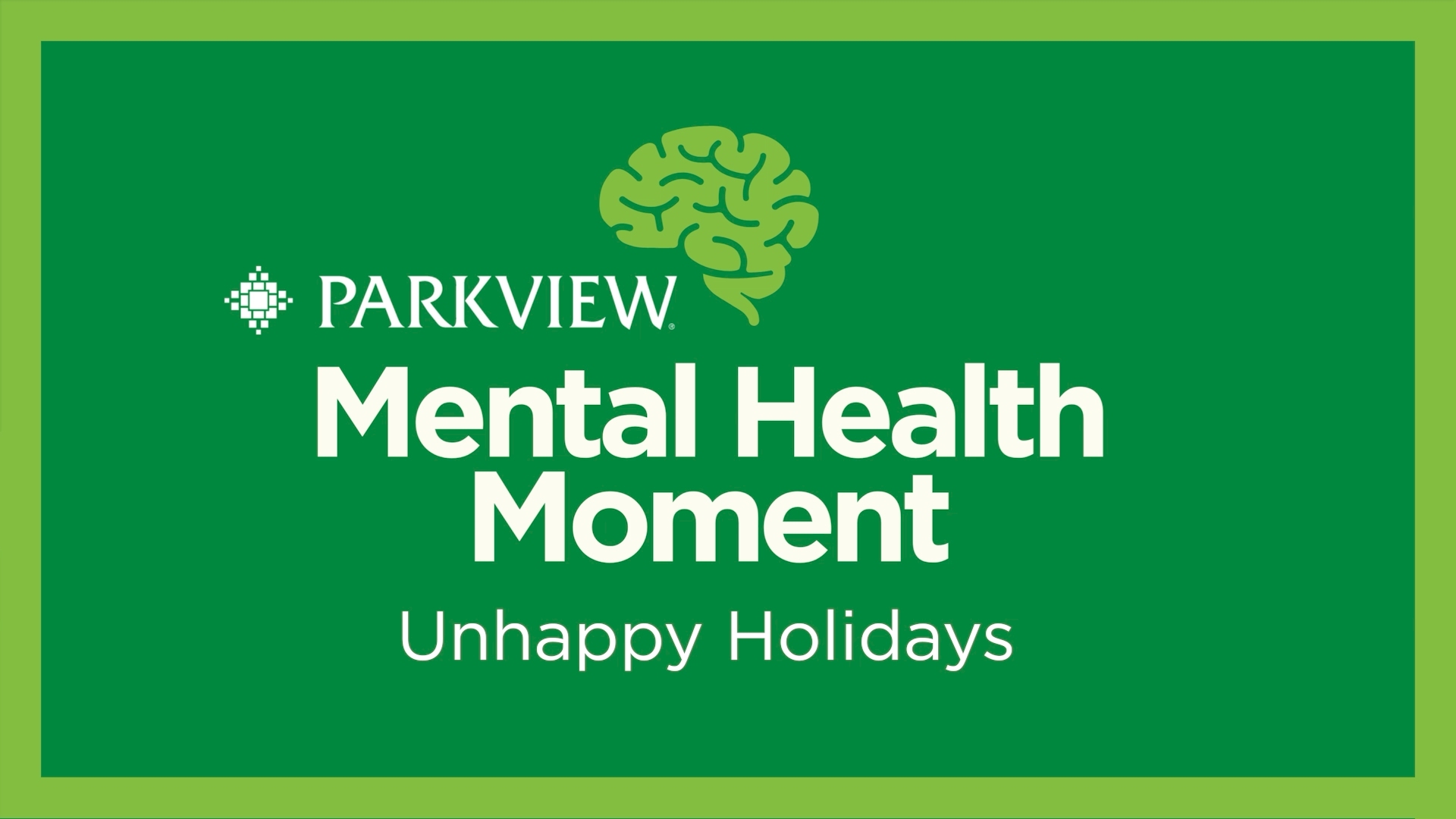
In today’s wired environment, there is no denying the connection between our tech and our psychological well-being. Jessica Pater, MS, research analyst, Parkview Center for Research, shares a bit about our teens' Internet habits.
Where do teens spend most of their time online?
Kids spend most of their time connecting to other people and ideas. Where they choose to do this can vary depending on a variety of aspects, including where they live, their friend groups and what platforms their parents use. (They tend to engage less on the platforms their parents use, for obvious reasons.)
What misconceptions do parents have about their children’s online habits?
A primary misconception is that their online activities (e.g. using social media, gaming) are a waste of time and they aren’t doing anything of use. While this could be true, the inverse is also true. Learning, leadership skills, conflict mitigation and resolution, and creative expression are just a few of the many things that are actually taking place. Of course, we know this is in addition to a bit of time squandering as well.
How do their behaviors impact their mental health?
As with any tool, the use and impacts can be positive and negative. Because they are using technology daily and connected virtually constantly, the people and content they are accessing and engaging with will have a considerable impact on their mental health. Whether that is positive or negative depends on the types of activity they are engaged with at any given time.
What are some of the biggest risks associated with teens’ online behavior?
Some of the largest risks are overuse and over exposure (to content and people). Another risk is not knowing what the ramifications are for certain activities. Sexting and cyber bullying laws vary state to state and can carry life-altering sentences if found guilty, like having to register as a convicted sex offender.
How can parents work with their children to create healthy online habits?
Honesty and open dialogue are huge components. Each family has their own standards and expectations for behavior. The expectations for their online activities and behavior should be just as clear as their offline activities and behavior. Another component is balancing screen-time with non-screen-time. The idea of balance is so important, but it will vary from family to family.



